Generative Upscale in Photoshop 2026 with Topaz Gigapixel
Photoshop 2026 Generative Upscale with Topaz Gigapixel and Bloom
I recently made a tutorial using Generative Upscale using the Adobe models and compared it to the 3 different ai methods built into Photoshop. Now wee have an addition to Generative Upscale. In Photoshop 2026 is the integration of Topaz Gigapixel and Topaz Bloom directly inside the new Generative Upscale feature. These partner models bring advanced AI upscaling right into Photoshop—letting you enlarge low-resolution images with incredible quality and even add extra detail.
What Generative Upscale Does
Generative Upscale takes a small or low-resolution image and enlarges it—while enhancing sharpness and detail. This is great for enlarging images that you only have a lower resolution. It can also be used alongside ai to recover detail, such as I did in this nano banana tutorial.
Previously, this feature only used Adobe’s Firefly model in Beta. But now, in Photoshop 2026, you’ll find two new Topaz partner models:
-
Topaz Gigapixel – designed for natural, high-fidelity upscaling.
-
Topaz Bloom – designed for creative enhancement and artistic detail.
These use premium generative credits, similar to Generative Fill models like Nana Banana and Flux. Yes, I know.
Tip: You can compare credit costs on Adobe’s website or decide if subscribing directly to Topaz makes more sense depending on your workflow volume. If you already own Topaz, then use it as a plugin like normal.
How to Use Generative Upscale
Open your image, then go to Image > Generative Upscale.
Choose Topaz Gigapixel from the model dropdown.
Set the scale—let’s try 4×.
For example, an image that’s 923 × 1,200 pixels will become roughly 4,000 × 5,000 pixels. There is an 8k limit in place.
Click Upscale.
Photoshop creates a new document with the upscaled result. These close ups show the detail. It works really well.
Forcomparrision, I have comped in the original image so you can see how much it has scaled.
Testing on a Portrait Photo
Next, let’s try Generative Upscale on a portrait at 900 × 600 pixels.
Choose Topaz Gigapixel, set it to 4×, and click Upscale.
The result looks clean and realistic—especially in textures like hair and clothing.
Here is the enlarged image without using Topaz.
Here is it with Topaz. (The video shows the comparison a little better).
Now, let’s switch to Topaz Bloom to see how it differs.
Topaz Bloom: Creative Upscaling
Topaz Bloom doesn’t just enlarge—it interprets.
It enhances color, structure, and even subject features to make the image more “beautiful.”
It includes a Creativity slider (default value: 5).
-
At Creativity 0, Bloom stays close to the original image.
-
At Creativity 10, it makes artistic, AI-driven changes.
Let’s compare:
At minimum creativity, Bloom subtly brightened the scene but also changed facial features and even opened the subject’s eyes, but it’s not the same person.
At maximum creativity, it changed the person—different hair, clothing, and pose, I didn’t notice a huge difference changing the creativity.
So while Gigapixel is faithful, Bloom is expressive.
Gigapixel vs Bloom Results
-
Gigapixel – best for realism and detail preservation.
-
Bloom – best for creative reinterpretations and stylized results.
I don’t think I’ll be using Bloom on portrait images, it changes the person too much.
Testing Bloom on a Landscape
Now let’s see how Bloom handles a landscape photo, maybe better than a person..
Turn up the Creativity slider high and click Upscale.
The result
Final Thoughts
Topaz Gigapixel and Topaz Bloom bring serious muscle to Photoshop’s Generative Upscale.
-
Use Gigapixel when you need realistic, professional-quality enlargements.
-
Use Bloom when you want artistic variation or stylized effects.
Personally, I’ll be using Gigapixel for photography and retouching, but I’m curious what you think.
Would you use Bloom for creative projects, or stick with Gigapixel for realism? Share your thoughts in the comments below.
It’s great to see you here at the CAFE
Colin
Check out my Brand new Photoshop 2026 for Digital Photographers course. Its a comprehensive program with 99 video lessons and over 12 hours of content,
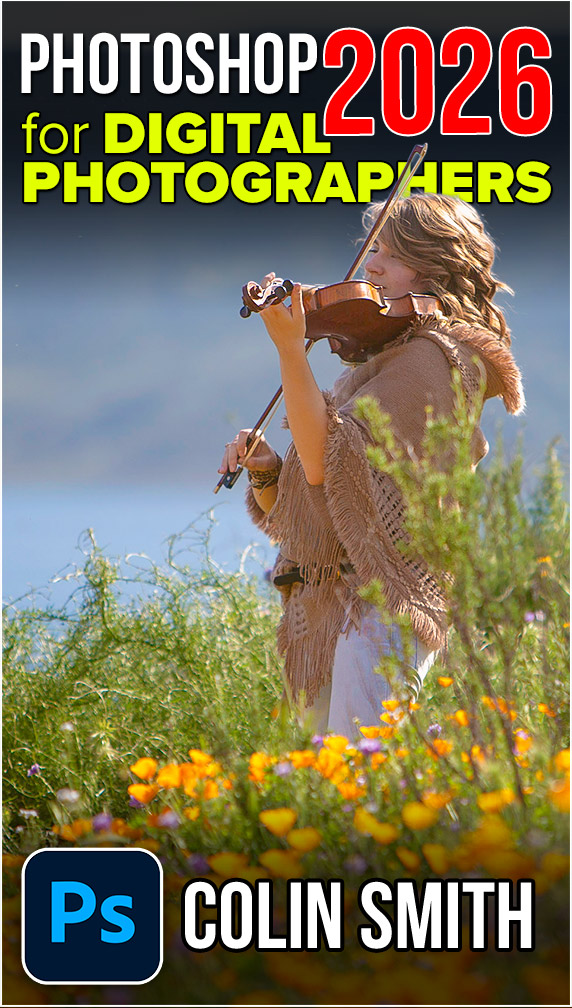
PS Don’t forget to follow us on Social Media for more tips.. (I've been posting some fun Instagram and Facebook Stories lately)
You can get my free Layer Blending modes ebook along with dozens of exclusive Photoshop Goodies here
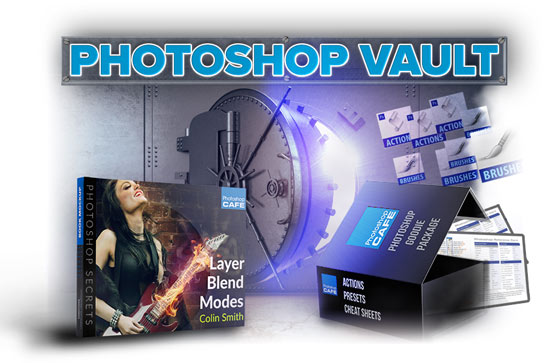
3 thoughts on “Generative Upscale in Photoshop 2026 with Topaz Gigapixel”
Leave a Reply
Its that time of the year when Adobe drops their big updates to their apps and Photoshop 2021 doesn’t disappoint....
This tutorial will walk you through all the steps to create a realistic-looking water reflection to add a splash of...



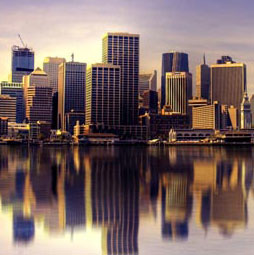
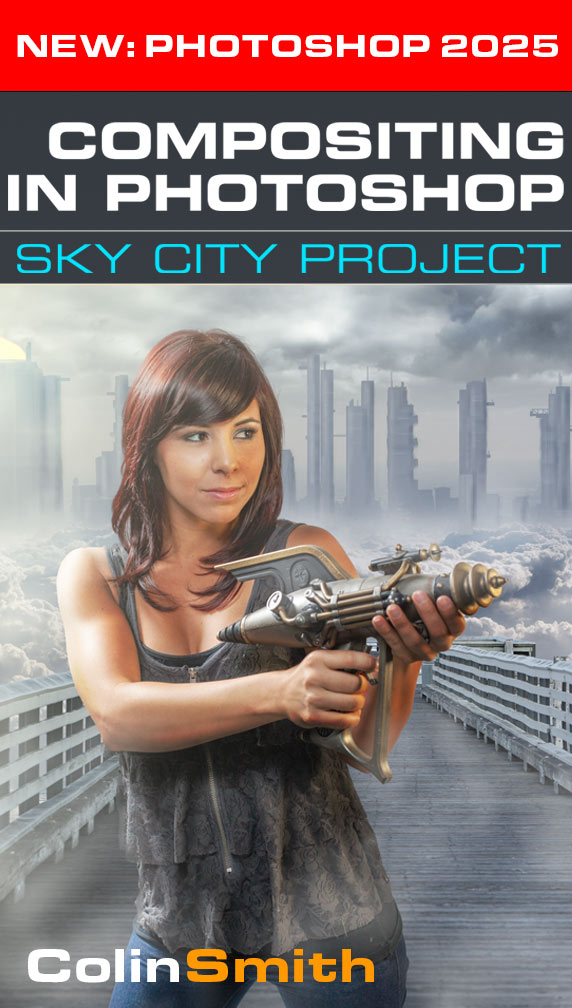

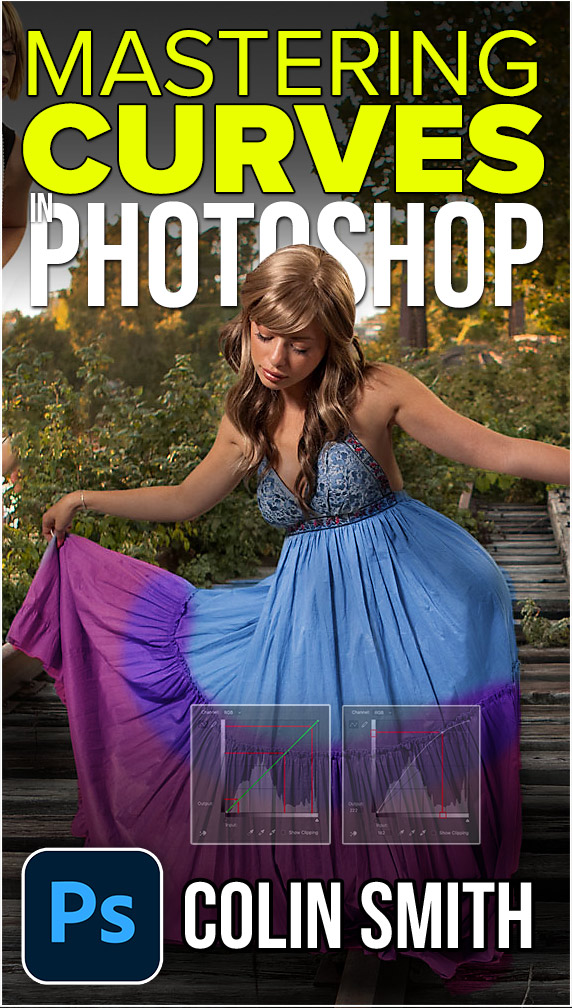
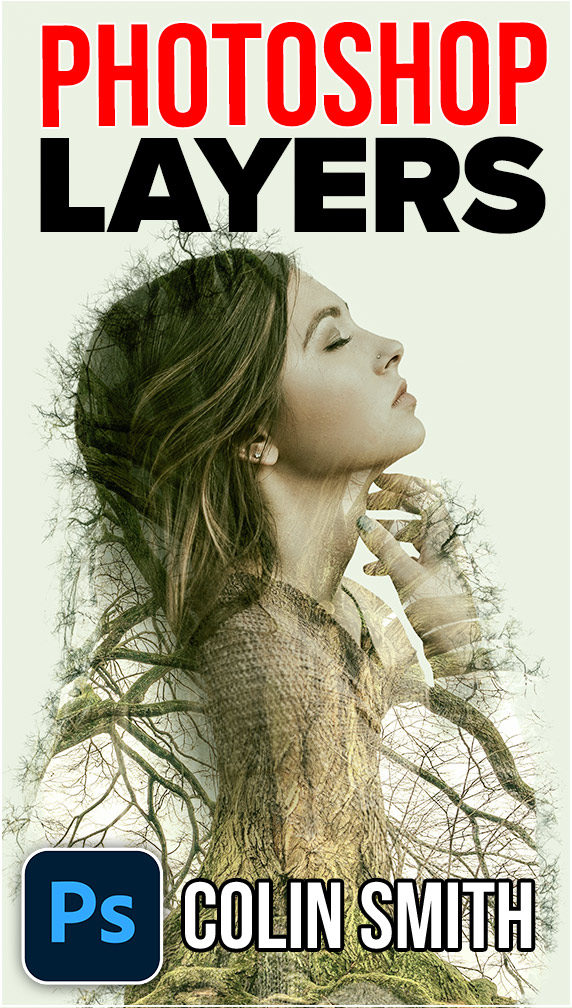

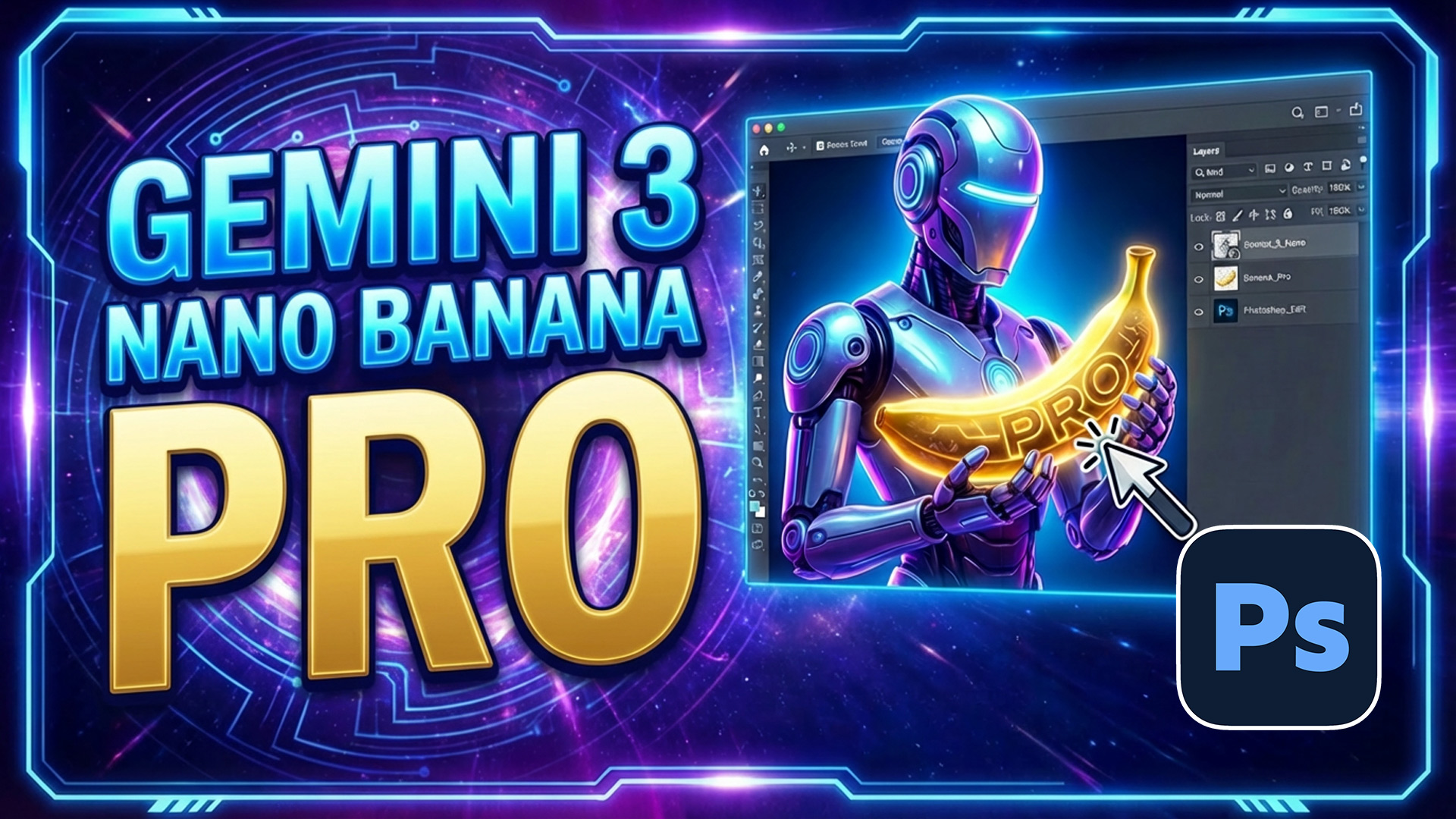
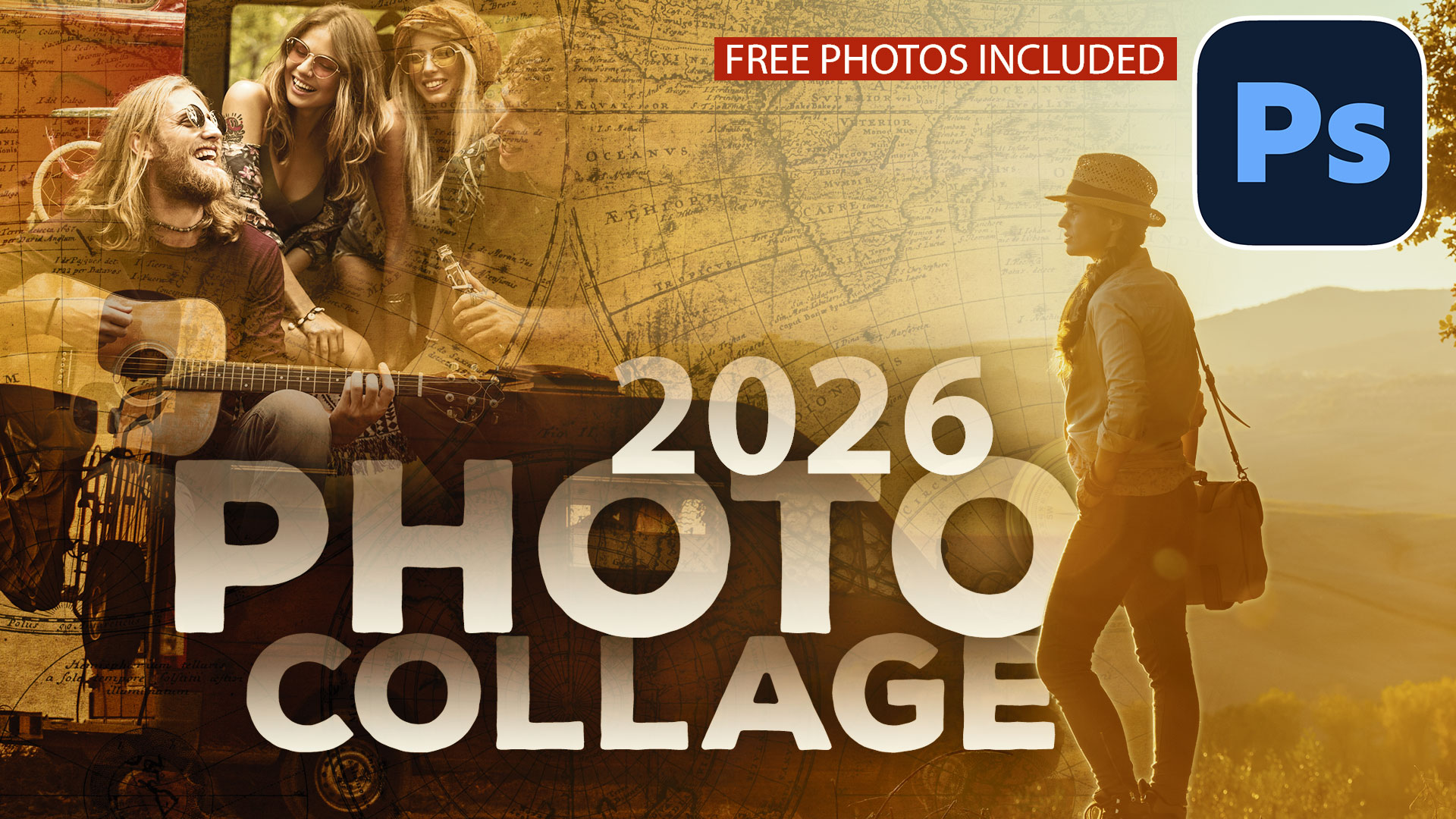

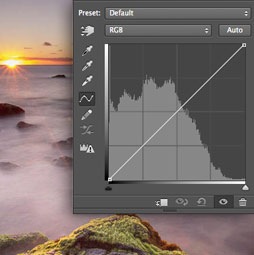
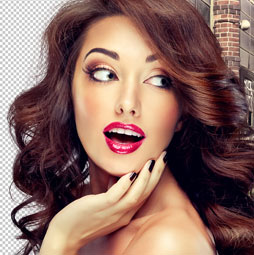
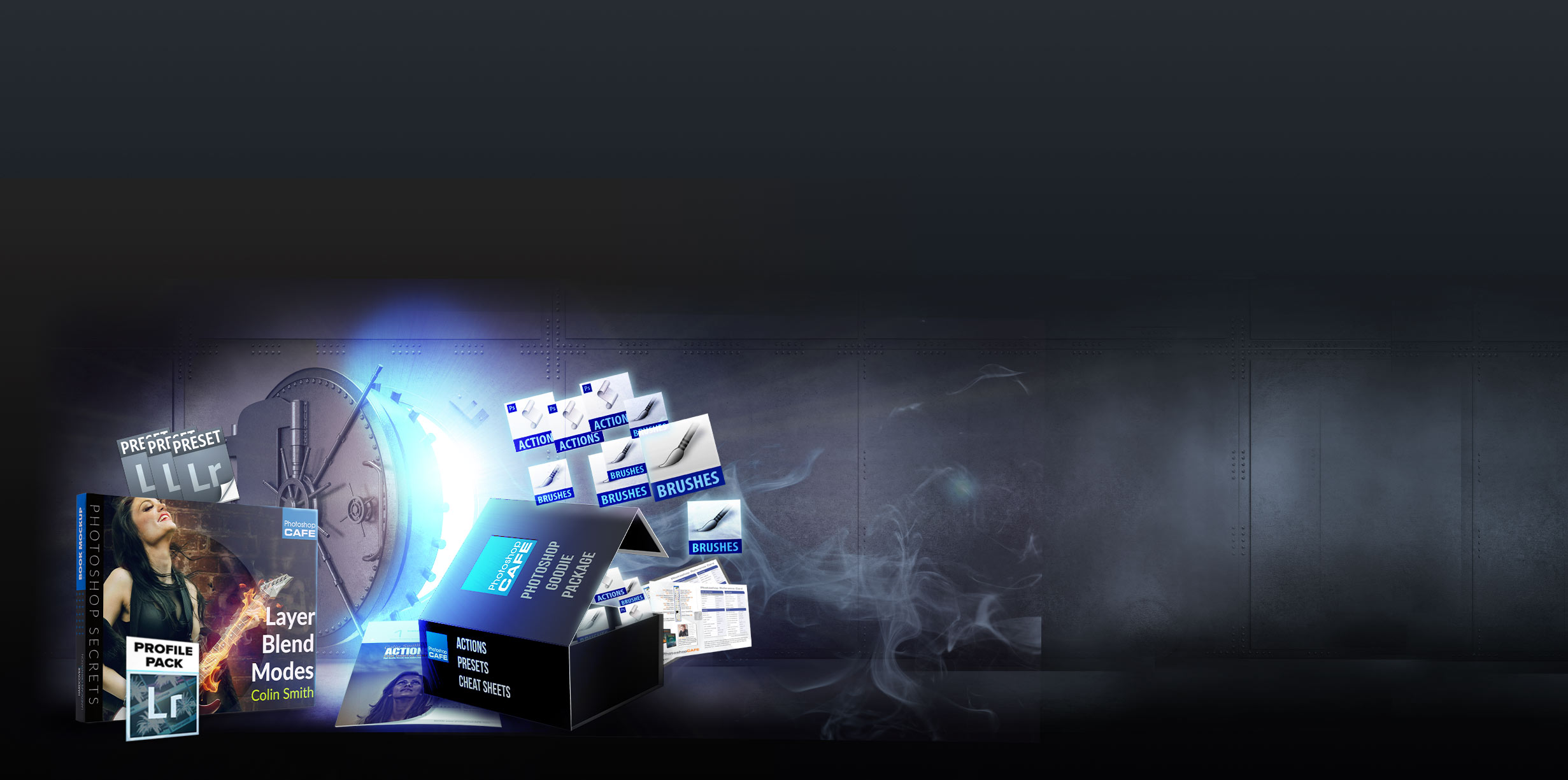
As a longtime user of Topaz products, including current ownership of Gigapixel AI and Photo AI, I’m concerned that Adobe will raise my subscription price to cover what I already own.
The Topaz add-ons use Premium Generative Credits, a separate billing, so that won’t affect your base billing.
If you already have Topaz, I suggest running it as a plugin and not using the one in Generative Fill.
Bloom removed the fab textures from moss and other fauna from your landscape. And changing the clothes was strange. THAT is some proof AI is NOT Intelligent. It mindlessly applies effects, even if it ruins or distorts the image.
You said it: PAINTERLY.
I want to make my live Clash photos shot from balconies in England, specifically to shoot the whole band, a bit sharper. Cannot due to the serious issues.
— The first night The Clash played in USA, in Berkeley, they were in an awful venue. I used Topaz PhotoAI to sharpen and/or upscale. I tried a lot of things! Oh wow, Mick Jones face looked amazing, although too smooth. Joe Strummer displayed one of his usual passionate expressions.
— But their necks, arms and hands were covered with weird textures! AND bodies not made sharper.
WHY the Face only??? So sharpening, with upscale or alone, turns faces into plastic paintings. But bodies get weird textures.
How weird and fake is that, Colin! I was so discouraged I didn’t write Topaz. THEY know about the flaws and yet ignored them.
ANY improvement??
— AND why ALL the focus ONLY on digital images? As if no film images exist. No negatives, no slides, no prints, nothing scanned. It’s all about RAW files or at least digitally created images.
As someone who taught Adobe programs, Illustrator at UCLA and Photoshop at Santa Monica College and all over SoCal, LA and OC, during the 90s when we ONLY had scanned images or maybe some digital images, and used Illustrator starting in 1988, I was a HUGE advocate of Adobe.
Now they’ve abandoned us. Yet WE are the historians. As if that matters to Adobe!
— I am known for capturing the real personalities of punk rock performers, fans and others involved. No way would I ever use Bloom. I think Pshop has capabilities to change the person’s expressions. A sad face into a happy face. I tried it once and screamed in horror!
I have owned GigaPixel and PhotoAI for years. But they didn’t tell us we could extend our PhotoAI for a year for $99, vs the now huge monthly cost. I’m not a fan of Topaz anymore! I only used their products a few times a year. So paying for monthly is a no-starter.
And due to AI’s insistence on making skin and hair look painterly and plastic, no go.
I have no problems with paintings! I earned fine art degrees.
But I took photos! Vital that fans know these are REAL photos. Not stolen, modified by AI nor created from stolen photos.
Hmm … but AI features in Lightroom Basic Develop module offers great amazing tools to color correct. Restored colors and brought stunning live Clash back to life! But no sharpening nor details that are effective. Hmmm.. left in the dust again.
(Dunno why my most fave band of all time resulted in most problematic photos I ever took!)
FINALLY, WHY do artists have to PAY for something that is made using OUR art! WE are the creatives that AI stole from! Another reason I am so hesitant to use AI other than color correction. URGH.
(I am not always so whiny. But this is so unfair to artists. They steal our work and charge us, while using our water and electricity, and charging residents who don’t even use AI. Which is not ready for primetime if we want authenticity.)